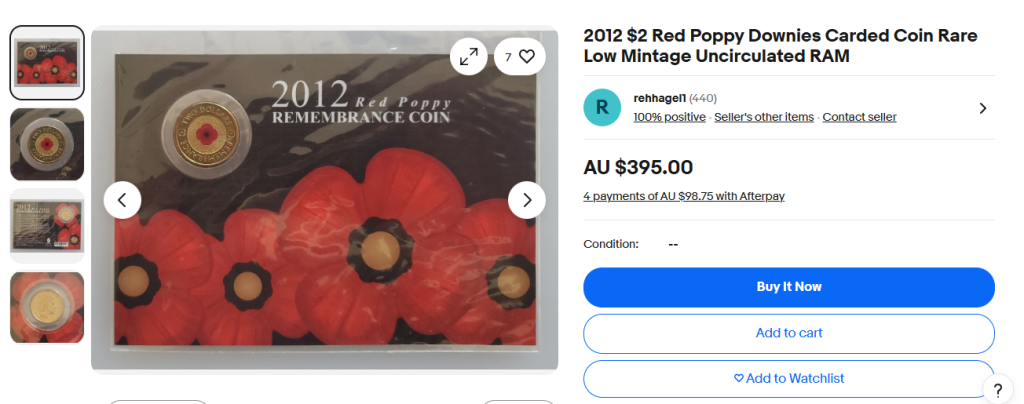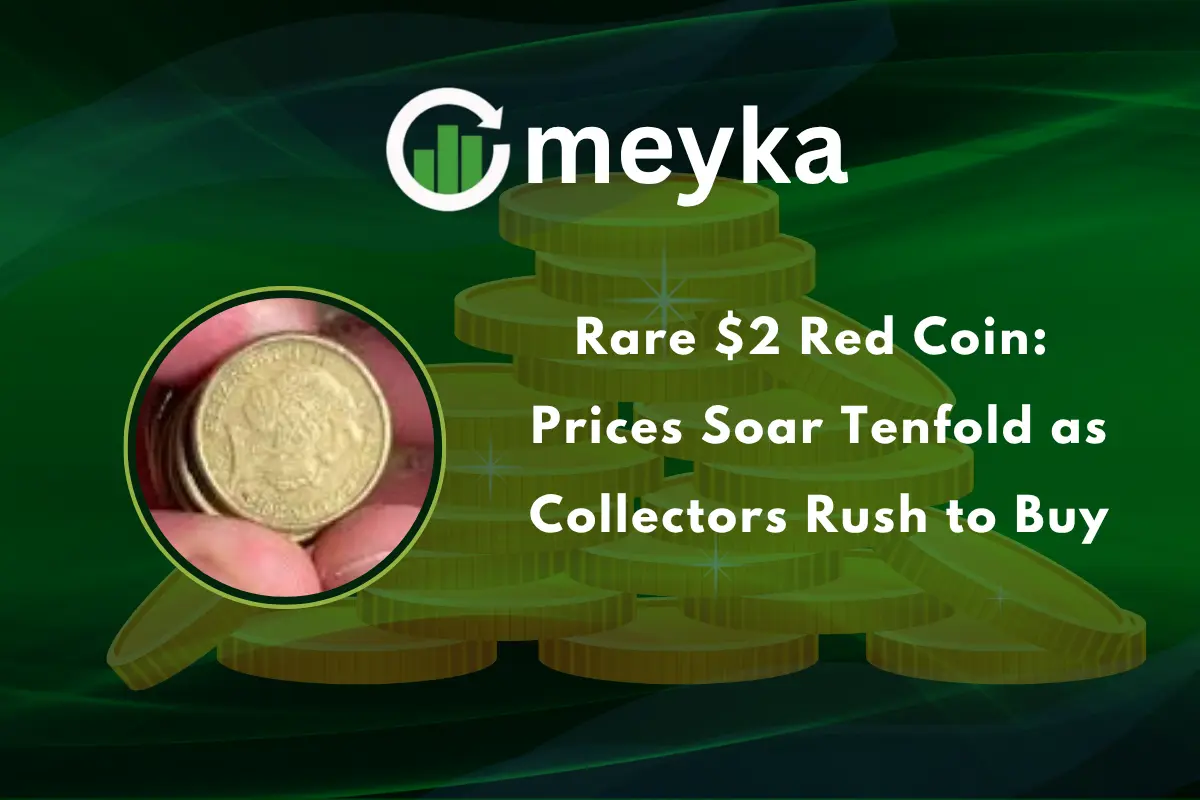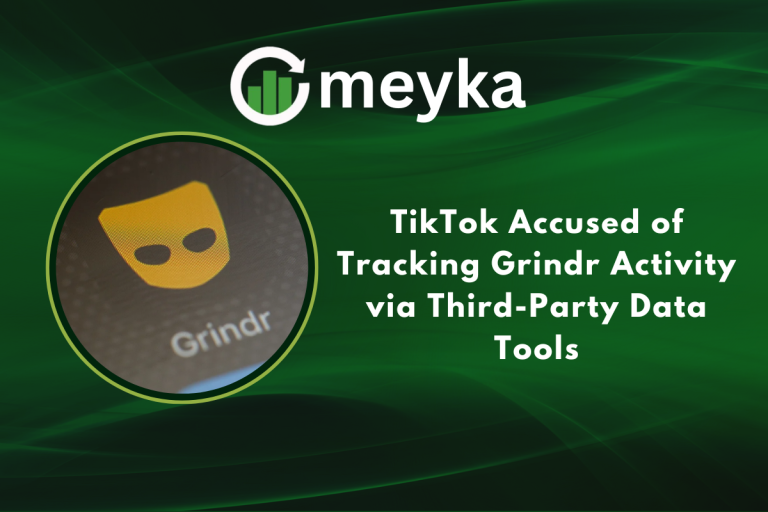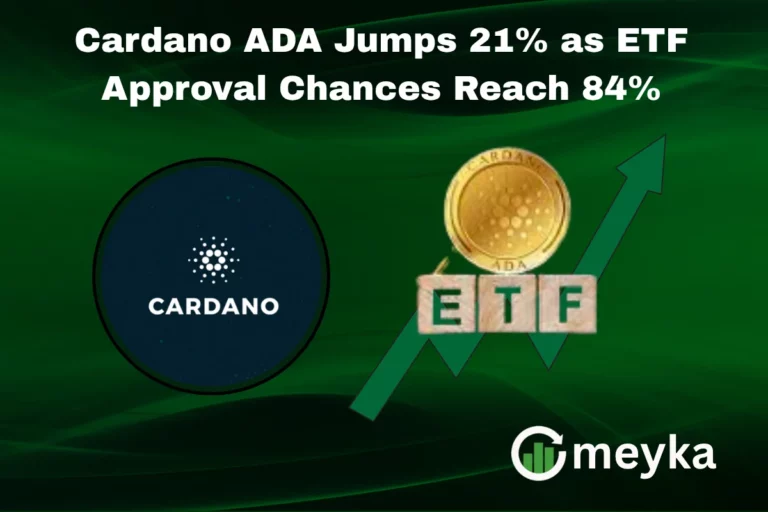Rare $2 Red Coin: Prices Soar Tenfold as Collectors Rush to Buy
A rare coin once overlooked is now making headlines. As of early November 2025, the elusive “$2 Red” coin has seen prices climb by nearly ten times. What began as a small niche collectible has turned into a frenzy. The shrinking supply of high-quality coins is colliding with a surge in collector demand. Each fresh record sale adds fuel to the fire.
For those curious about this oddity of numismatics, now is the moment to pay attention. Let’s unpack exactly what the $2 Red coin is, what’s driving its rapid rise, and what buyers need to know before diving in.
What is the Rare $2 Red Coin?
The “$2 Red” label usually refers to Australia’s coloured $2 coins. These coins feature a painted poppy motif and other commemorative designs. The most talked-about example is the 2012 Red Poppy issue. It was the Royal Australian Mint’s first widely distributed coloured circulating coin. Collectors prize certain presentations.
Those include single coins from original Chubb rolls, RSL-carded pieces, and high-grade examples. Specialist sellers and auction houses treat those items as distinct lots. Several dealers list uncirculated 2012 Red Poppy coins and rolls as collectible stock.
Recent Price Moves and Notable Sales
Prices for select Red issues have risen sharply in the secondary market. A full Chubb roll of 25 Red Poppy $2 coins realised AUD $3,346 (including buyer’s premium) in a Leski auction tied to a late-2021 sale. That lot helped focus collector attention on intact rolls and perfect, uncirculated pieces. Individual graded coins and carded examples now trade for hundreds of Australian dollars on marketplace platforms.

One eBay listing for a carded 2012 Red Poppy was priced at AU$395 and showed recent activity as of March 24, 2025. Other retailers and specialty shops report repeat sales in the mid-hundreds for high-grade single coins and many hundreds to thousands for complete premium rolls. These movements show demand concentrated on specific formats and grades.
Why Values Jumped Tenfold in Some Cases?
Several forces pushed prices up. First, scarcity in the desirable formats. Many Red coins were removed from circulation early and stored in rolls or sets. That cut the pool of single high-grade, loose coins. Second, condition matters a lot. Coins with original paint, no chips, and mint luster attract strong premiums. Third, collector interest shifted during the 2020s toward modern and coloured issues. That trend widened the buyer base.
Fourth, visible auction results created a feedback loop. When one roll or card sells high, other sellers raise prices, and more buyers jump in. Finally, online listings and social posts made rare surviving examples easier to find. Many collectors now consult price trackers and databases to follow trends; some also use AI tools for market alerts. Together, these factors magnify small supply changes into large price swings.
Which Red Variants are Scarce and Why?
Not every Red coin is valuable. The truly scarce items have one or more of these traits: original Chubb roll provenance, RSL card presentation, a low population of high-grade coins, or an error/unique strike. The 2012 Red Poppy has been widely discussed because its coloured finish and early collector grabs created different survival paths; many stayed in rolls, while a smaller number entered general circulation.
Published population data and dealer notes suggest mintages and retail issues numbered in the hundreds of thousands, but the count of truly uncirculated, perfect specimens is far lower. That gap between mintage and high-grade survivors explains why a few examples command large premiums.
How to Spot an Authentic, Valuable Rare $2 Red Coin?
Buyers should check provenance and presentation first. Original Chubb rolls often come with matching security seals or RSL cards. Ask the seller for close-up photos of the reverse, obverse, edge, and any mint stickers. Inspect paint for uniformity and for signs of retouching. Genuine mint paint has thin edges and sits within the design lines.
Avoid coins that show obvious cleaning or heavy handling. For higher value pieces, insist on third-party grading or a formal condition report. Reputable auction houses and dealers provide condition reports, photos, and for high-value lots, submission to NGC or PCGS-style services can add market confidence.
Risks and Buyer Guidance
Speculative surges can be volatile. Prices that spike after a headline sale can fall back if demand cools. The Red market shows this pattern. Some dealers report steady mid-range sales (low hundreds) while premium lots (rolls, flawless cards) sell for much more. New buyers should set a firm budget. Check recent realised prices rather than asking prices.
Prefer lots with clear provenance. For long-term collectors, focus on quality and documentation. For short-term speculators, expect more risk and possible price swings. Use trusted auction results and recent price realisations as the primary guide.
Broader Market Context and Trends
Modern coloured coins have grown in appeal since the 2010s. The Royal Australian Mint expanded themed $2 runs and special issues through the 2020s. Retail availability often comes through mint packs and limited rolls. When those packaged runs leak into circulation, collectors chase the scarce uncirculated survivors.
Retailer sales data compiled through 2024 and into 2025 show variable realised prices depending on presentation and condition. Collecting interest remains strong into 2025, but the market expects sideways volatility if many preserved rolls reappear for sale.
Final Takeaway
The Rare $2 Red coin story is not just about one headline sale. It is about format, condition, and perception. Rolls and flawless carded coins will keep commanding premiums. Loose circulated Red coins remain common and usually worth far less. Buyers should prioritize provenance, photos, and condition reports. Past auction results give the clearest signal of current value.
For those holding verified, uncirculated Red lots, professional grading and careful marketing can capture strong prices. For casual searchers, check recent realised prices before paying a premium.
Frequently Asked Questions (FAQs)
It is valuable because few were made in 2012, and most stayed uncirculated. Collectors now pay high prices for clean, original coins.
In November 2025, regular coins sell for about AU$200-$400. Perfect or carded coins can reach over AU$1,000, depending on their condition and demand.
Look for smooth red paint inside the poppy design, no scratches, and clear detail. Real coins often come sealed in Chubb rolls or RSL cards.
Disclaimer: The content shared by Meyka AI PTY LTD is solely for research and informational purposes. Meyka is not a financial advisory service, and the information provided should not be considered investment or trading advice.






